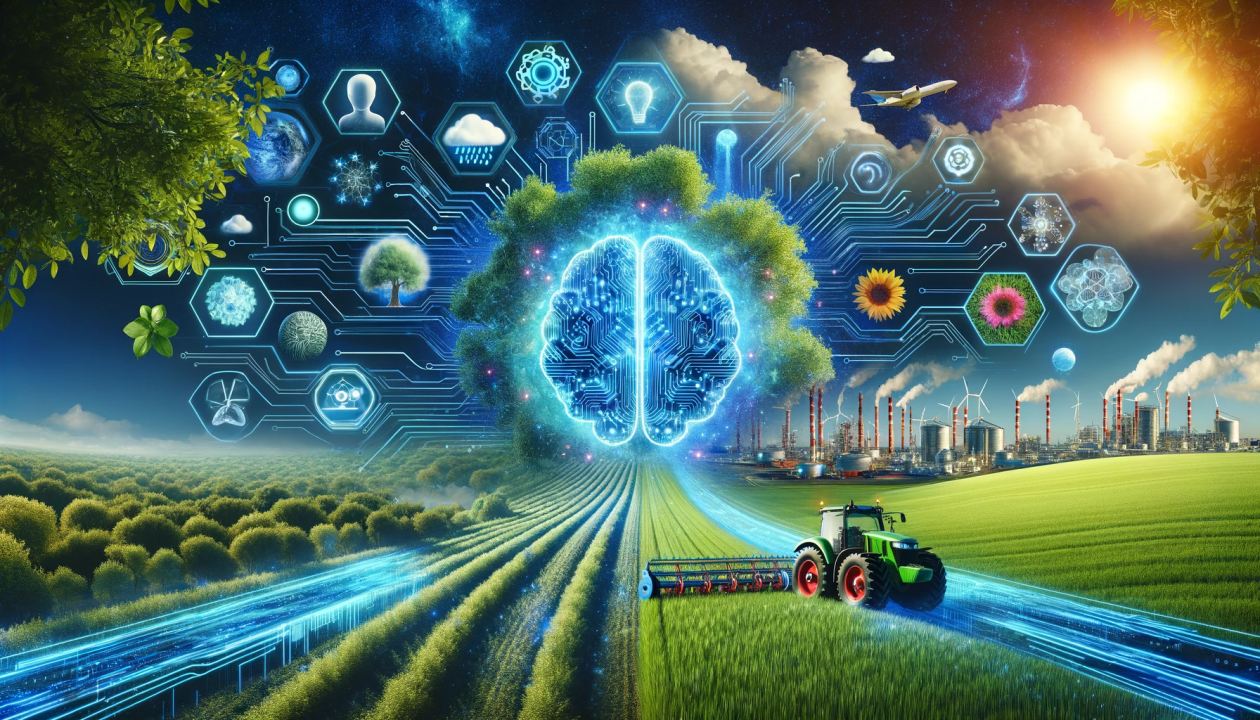Artificial Intelligence (AI) is emerging as a powerful ally in addressing some of the most pressing environmental challenges of our time. By analyzing complex data, predicting outcomes, and optimizing processes, AI tools are helping scientists, policymakers, and organizations develop smarter, faster, and more sustainable solutions.
How AI Supports Environmental Efforts
AI’s ability to process vast amounts of environmental data enables more accurate climate modeling, resource management, and pollution monitoring. It assists in developing actionable insights that can lead to meaningful ecological impact.
Key AI Tools for Environmental Protection
Climate Modeling Tools
AI-based climate prediction models such as IBM’s Green Horizons and Microsoft’s Planetary Computer help track climate patterns, predict extreme weather events, and assess the long-term impacts of climate change. These tools provide crucial data for researchers and policymakers to plan for climate resilience.
Wildlife Monitoring Systems
AI-powered image recognition and acoustic monitoring tools, like Wildbook and PAWS (Protection Assistant for Wildlife Security), are used to track endangered species, detect poaching activities, and study animal behaviors. These systems enable faster, non-invasive wildlife conservation efforts.
Air and Water Quality Monitoring
AI platforms such as BreezoMeter and Blue Sky Analytics provide real-time air quality tracking and pollution forecasting. Similarly, AI systems can monitor water bodies for contamination, helping governments and environmental agencies maintain cleaner ecosystems.
Smart Agriculture Tools
AI-driven agricultural platforms like Climate FieldView and The Yield optimize irrigation, reduce pesticide use, and improve crop yields. By using predictive analytics and real-time data, these tools promote more sustainable farming practices that conserve natural resources.
Energy Management Systems
AI tools such as Google DeepMind’s energy efficiency platform are revolutionizing energy management by optimizing power consumption in data centers and industrial settings. Smart grids powered by AI can also balance renewable energy sources with consumer demand to minimize waste.
Deforestation Detection
AI-based satellite image analysis tools like Global Forest Watch and Satelligence help monitor deforestation in near-real time. These platforms enable rapid responses to illegal logging and land degradation, supporting forest conservation worldwide.
Considerations When Using AI for Environmental Solutions
- Data Accuracy: AI models require high-quality, up-to-date data for reliable predictions and monitoring.
- Ethical Use: AI-driven solutions must be transparent and accessible, ensuring that they benefit communities without causing unintended harm.
- Energy Consumption: It’s important to balance the environmental benefits of AI with the energy demands of training large models.
Conclusion
AI is becoming an essential tool in the global effort to protect the environment. From fighting climate change to preserving biodiversity and promoting sustainable agriculture, AI offers innovative pathways to address ecological challenges. Leveraging these tools responsibly can accelerate progress toward a healthier planet for future generations.







Leave feedback about this